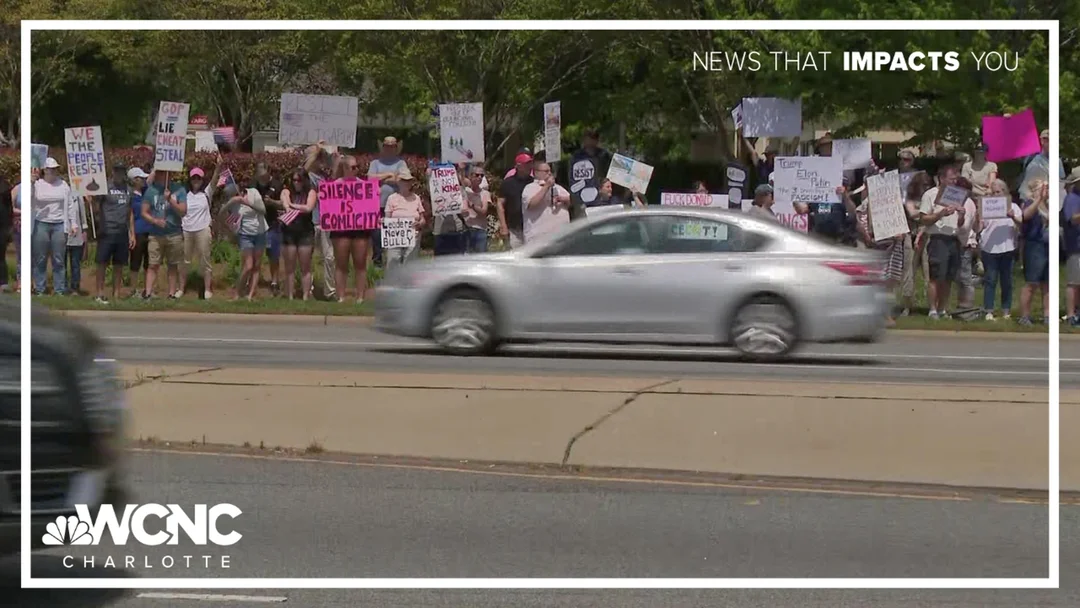
What Drives Thousands to the Streets? A Look at the Nationwide Protests Against Trump
On April 19, 2025, thousands of demonstrators filled the streets across the United States, rallying in opposition to the Trump administration's policies. This remarkable mobilization reflects a deep-seated dissatisfaction with government actions perceived as anti-democratic and harmful to civil liberties. Events were part of a larger movement known as 50501, aimed at advocating for community solidarity against issues ranging from immigration policies to economic injustices.

Over 700 organized events took place, from intimate gatherings in local neighborhoods to large rallies in major cities like New York and Washington, D.C. Although attendance numbers appeared lower than previous large-scale protests, the commitment to local action signals sustained resistance to perceived executive overreach. Organizer Hunter Dunn articulated the group's goals by emphasizing community-oriented actions that empower people in the face of federal job cuts, immigrant deportations, and economic uncertainty.
The protest isn’t just a culmination of anger, but an expression of a shift towards grassroots activism. Various community events included food drives, clean-up efforts, and educational initiatives, aiming to strengthen community ties rather than simply protesting against policies. In D.C., participants collected essential supplies in a mutual aid campaign, embodying Dunn's vision of supporting those affected by government policies.
Demonstrators highlighted individual cases such as that of Kilmar Armando Abrego Garcia, a Maryland man wrongfully deported to El Salvador. Chants of “Bring Kilmar home” echoed through the streets as advocates demanded justice, further emphasizing the human impact of governmental policies. Protester Julia Fine compared the dire conditions in Salvadoran prisons to concentration camps, underpinning the urgency of activists’ cries.

While the protests served to express grievances against President Trump's administration, they also drew historical parallels to the American Revolutionary War. In Concord, Massachusetts, older generations shared lessons from America’s fight for freedom, reminding the public of the ongoing struggle for civil rights. Protester Thomas Bassford articulated the sentiment of fear that liberty is under threat, stating, “This is a very perilous time in America for liberty.”
Contrasting opinions surfaced among attendees, with some supporters of the administration reflecting on their experiences. Deborah Bucknam, a 78-year-old lawyer, felt isolated from discussions dominated by dissent and emphasized that the right to protest should encompass all viewpoints.
With diverse voices raising concerns about executive power and human rights, the protests illuminated a critical discourse in American society. The historical significance of the events and the need for civic engagement resonate deeply, prompting questions about the future of governance and democracy in the U.S. As protester Bob Fasick noted, “I cannot sit still knowing that if I don’t do anything...for our neighbors is simply not one that I would want to live in.”
As this wave of activism continues, it invites broader conversations about the values and rights that shape our nation. What remains to be seen is how these protests will influence not just the political landscape, but the very fabric of community relations across the country. Where do we go from here, and can this grassroots momentum create lasting change?